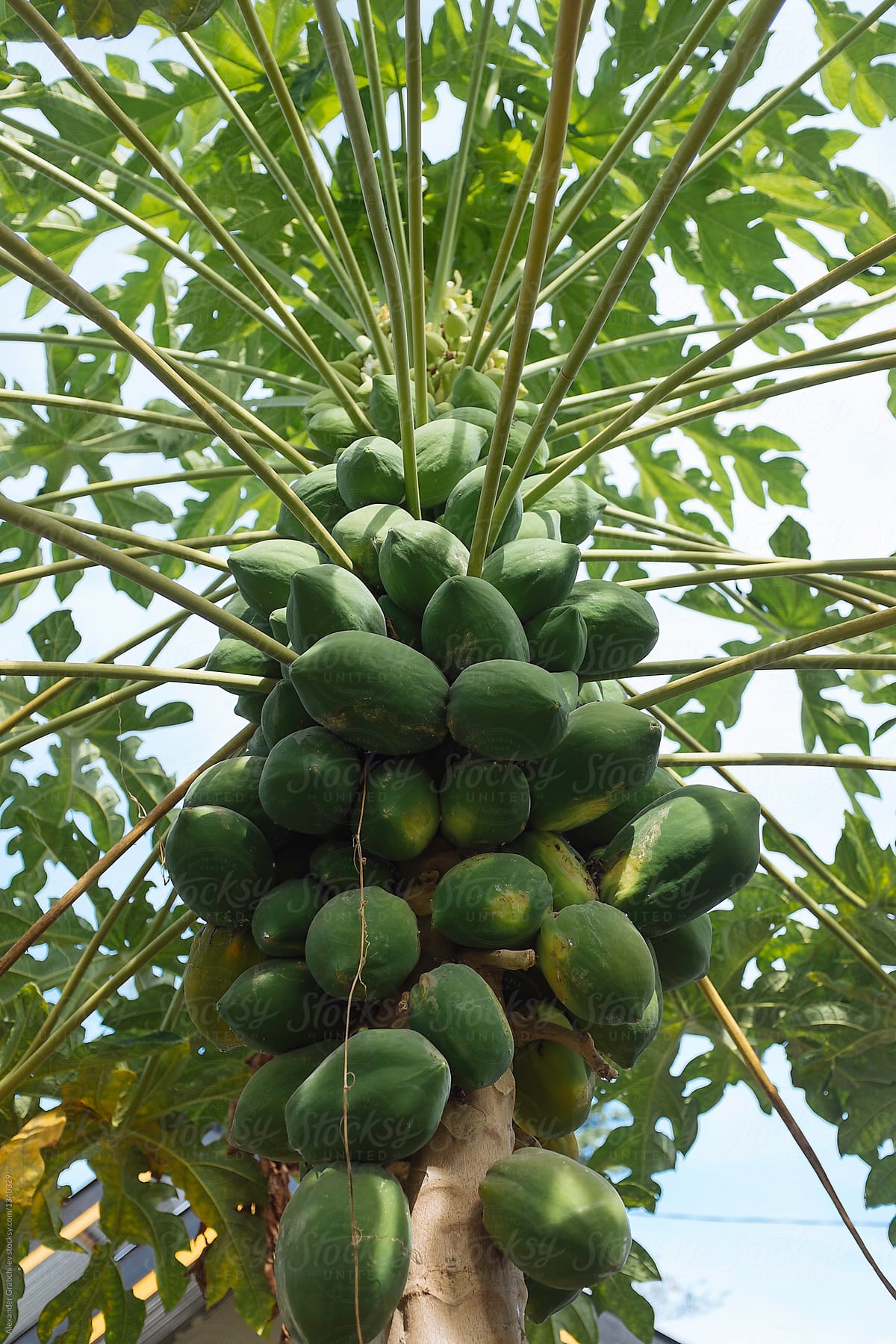Watering
Wet the seed starting mix. Push your finger into the soil to your first knuckle and make sure it is damp. Excess water should drain through.
Dismiss

SKU 194
Wet the seed starting mix. Push your finger into the soil to your first knuckle and make sure it is damp. Excess water should drain through.
Indirect sunlight, 6 to 8 hours
Maintain temperatures between 18°C - 24°C. Avoid draughts as these can create undesirable temperature fluctuations. Consider giving your plant an occasional misting twice every week to maintain the optimum humidity level.
Provide fertilizer once the first true leaves emerge. The first set of leaves that appear are known as the seed leaves. The second set of leaves are the first ‘true leaves,’ and a sign that your plant is getting mature and ready for serious growth. Dilute a balanced fertilizer to ¼ the strength recommended. Fertilize once in 2 weeks.
To sprout papaya seeds, place them in seedling starting soil and keep moist and warm. Seeds sprout quickly, and the plants will begin rapid growth. Papaya plants grown from seeds should only be repotted once: from the container you started the seed into a larger permanent container. Unless you live in USDA Zone 9b or higher, your papaya is a single-season novelty plant. It's best to grow them in fairly large containers (at least three gallons) as part of a mixed container. At the end of the season, cut the papaya off at the soil level and let the other plants fill in. If you live in a warm enough climate (no frost), you might be able to transplant the papaya outside.
Papaya plants grow in similar situations to bananas, requiring bright light, humidity, heat, plenty of fertilizer, and water. Also, like the banana, it's an extremely fast-growing semi-woody plant with large leaves that are the very essence of the tropics. As the plant grows, the lower leaves will yellow and fall off, leaving behind half-moon shaped leaf scars. It's unlikely indoor papaya will flower, but if it does, you'll find out if your plant is male or female. Female plants have fragrant white flowers that emerge from the axis between the stem and leaf. Male plants have smaller yellow or white flowers that grow on pendant stalks. Papaya sap can be slightly caustic, so it's best to avoid the sticky white sap whenever possible. The plant itself is not toxic, but it is used as a digestive aid because of the presence of enzymes that help digest protein.
"Sign up for our emails and get exclusive discounts on all your favorite plants and gardening products!"
You’ve subscribed to: Plantshop.ae Newsletter.
You can always manage your subscriptions through the “Unsubscribe” link at the foot of each Plantshop.ae newsletter.


You’ve subscribed to:
Plantshop.me Newsletter.
You can always manage your subscriptions through the “Unsubscribe” link at the footer of each Plantshop.me newsletter.